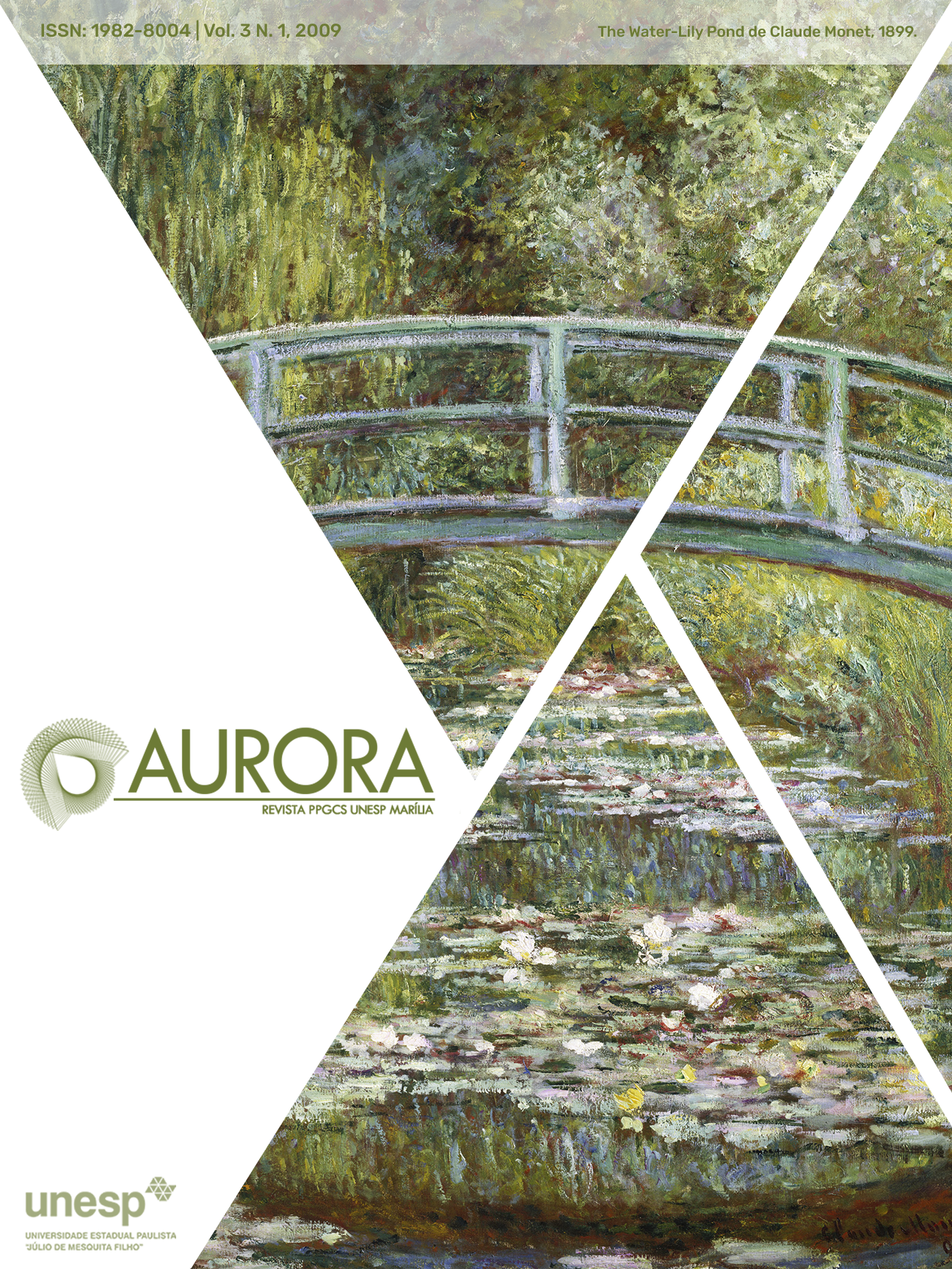Security Paradigms in Brazil
from the Dictatorship to our days
DOI:
https://doi.org/10.36311/1982-8004.2009.v3n1.1219Keywords:
Public Security, National Security, Citizen Security, Public PoliciesAbstract
In order to better comprehend the current dynamics of the violence and the available alternatives on public policies for its prevention and control, it is essential to retake the exam of the history of public policies on security in Brazil. Considering the multiple possibilities of specialization and differentiation of institutions, as well as their correspondent ways of acting, the exact configuration of public policies chosen in each period and place is strongly associated to the concepts and paradigms that are the bases for the formulation of the security public policies. In this sense, this article develops an historical analysis and proposes the characterization of three paradigms that have influenced the formulation of Security public policies in the period between the military dictatorship in Brazil and the current days: the National Security, the Public Security and the Citizen Security. Initially, the basic characteristics of each paradigm are presented. Then, a comparative analysis of the elements that integrate the core of such paradigms is developed. An analysis of the trajectory that has characterized the transition of paradigms - in which the promulgation of the Federal Constitution in 1988 is adopted as a mark - and of the public policies tendencies that have accompanied the new constitution follows. Finally, a debate on the challenges and limits for the practical application of the new paradigm studied – the Citizen Security one – is developed.
Downloads
References
ADORNO, Sérgio. (2003), “Lei e ordem no segundo governo FHC”. Tempo social, , v. 15, n. 2, nov. 2003: p. 103-140.
BORGES, Nilson. (2003), “A doutrina de Segurança Nacional e os governos militares”, J. Ferreira, L. Delgado (orgs), O Brasil Republicano. Rio de Janeiro, Civilização Brasileira.
BRASIL. (1988), Constituição da República Federativa do Brasil. Brasília, Senado Federal.
KUHN, Thomas. (2003), A estrutura das revoluções científicas. Beatriz Vianna Boeira e Nelson Boeira (trad). 3a edição, São Paulo, Perspectiva.
MARTIN, Gerard. CEBALLOS, Miguel. Bogotá: Anatomia de uma transformação – Políticas de Segurança Cidadã (1995-2003). Bogotá: Pontifícia Universidade Javeriana, 2004.
NORTH, Douglass. Institutions, Institutional Change and Economic Performance. United States: Cambridge University Press, 1990.
OLIVEIRA, Ana Sofia Schmidt et al. Das Políticas de Segurança Pública às Políticas públicas de Segurança. São Paulo: Ilanud, 2002.
OLIVEIRA, Eliézer. As Forças Armadas: política e ideologia no Brasil (1964-1969). Petrópolis:Vozes, 1976.
PIERANTI, Octavio Penna; CARDOSO, Fabio dos Santos; SILVA, Luiz Henrique Rodrigues da. Reflexões acerca da política de segurança nacional: alternativas em face das mudanças no Estado. Rev. Adm. Pública, Rio de Janeiro, v. 41, n. 1, fev. 2007 .
PNUD. Rumo a uma política integral de convivência e segurança cidadã na América Latina: marco conceitual de interpretação-ação. Programa das Nações Unidas para o Desenvolvimento, 2005. Mimeo.
POPPER, Karl. Conjecturas e Refutações, Brasília: Editora UNB, 1982.
SILVA, Pedro Luiz Barros. Serviços de Saúde: o dilema do SUS na nova década. São Paulo Perspec., São Paulo, v. 17, n. 1, mar. 2003 .
SOUZA, Celina. Políticas públicas: uma revisão da literatura. Sociologias, Porto Alegre, n. 16, dez. 2006 .
TRIBUNAL DE CONTAS DA UNIÃO. Avaliação do Programa Sistema Único de Segurança Pública. Brasília, 2005.
ZALUAR, Alba. Um debate disperso: violência e crime no Brasil da redemocratização. In São Paulo Perspectiva, vol.13, no.3. pp.3-17. jul./set. 1999
Downloads
Published
Issue
Section
License
Copyright (c) 2009 Moema Dutra Freire

This work is licensed under a Creative Commons Attribution 4.0 International License.
Open Access Journal Policy
Authors retain copyright over the published article, and Revista Aurora holds the right of first publication. The Journal adopts the Creative Commons Attribution (CC BY) 4.0 International license, which is used internationally by leading open access journals and publishers. This license allows others to remix, adapt, and build upon the published work, while giving appropriate credit to the original authors and the initial publication in this journal. Authors are permitted to enter into separate additional contracts for the non-exclusive distribution of the version of the work published in this journal (e.g., to publish in an institutional repository, on a personal website, to publish a translation, or as a book chapter), with acknowledgment of the authorship and initial publication in this journal.










